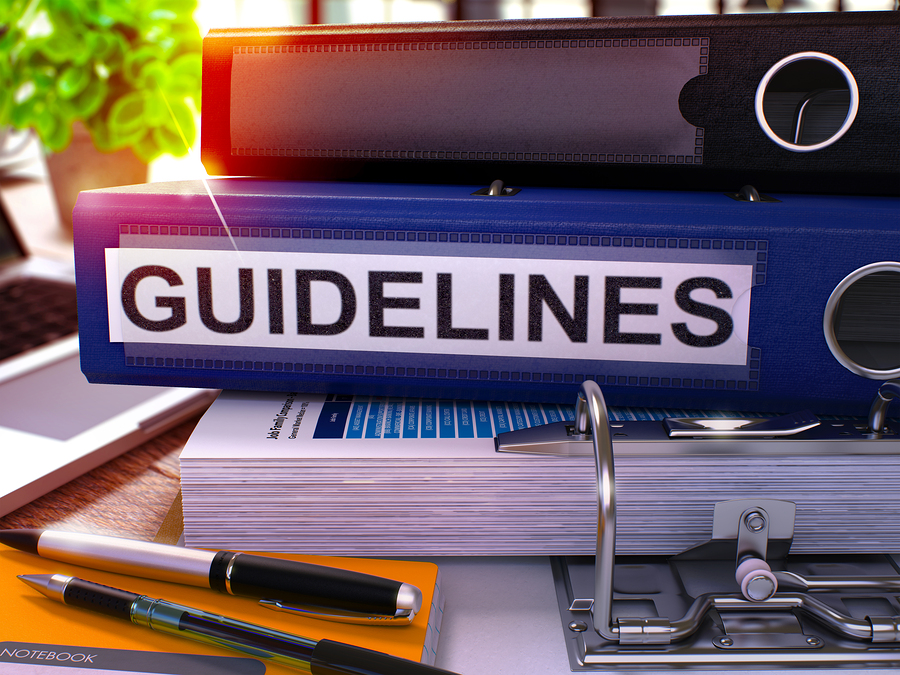Gabapentin’s Side Effects May Lead to ‘Prescribing Cascade’
/By Pat Anson
Over the years, we’ve published many warnings about gabapentin (Neurontin), a nerve medication that is widely prescribed off-label for pain conditions it was never intended to treat.
Common side effects from gabapentin include brain fog, dizziness, weight gain, headache, fatigue, and anxiety. The drug has also been linked to a higher risk of dementia.
According to a new study, those side effects may lead to a “prescribing cascade” in which physicians mistakenly prescribe unnecessary medications to a patient that cause even more side effects.
The problem is not limited to gabapentin, but includes other nerve medications such as pregabalin (Lyrica), which are collectively known as gabapentinoids. Both medications may cause edema – fluid retention and swelling in the legs and feet – leading doctors to suspect congestive heart failure and prescribe diuretics that can cause kidney injury, light headedness, and falls.
Researchers with the VA Health Care System and the University of California, San Francisco (UCSF) analyzed the medical records of 120 older veterans, most of whom were male and long-term users of five or more medications. All had taken gabapentinoids and diuretics, which are often prescribed for edema.
Although none of the veterans had fluid buildup in the year before they started taking gabapentinoids, only 4 doctors suspected the drugs were the culprit and just one discontinued the medication.
The vast majority of physicians – 69 in all – never suspected or downplayed the possibility that gabapentinoids may be causing the edema. Since fluid retention is a symptom of congestive heart failure and poor blood circulation, the veterans were put on loop diuretics such as Lasix.
Within two months, 28 veterans had side effects from the new drugs, including poor kidney function, dizziness, and blurred vision, along with low levels of sodium or potassium, which can disrupt critical body functions. Six patients had symptoms so severe they were hospitalized or taken to an emergency department.
“Gabapentinoids may be prescribed at unnecessarily high doses or for conditions that they may not help,” said Matthew Growdon, MD, an Assistant Professor of Medicine at UCSF and first author of the study in JAMA Network Open. “In these cases, doctors should consider not prescribing these drugs — or giving lower doses to lessen the risk of prescribing cascades and other side effects.”
One veteran in his 60’s was put on a heavy dose of gabapentin for neuropathy that was induced by chemotherapy for lung cancer. He developed edema and was switched to pregabalin. When the fluid retention didn’t stop, he was put on a diuretic. Within two days he developed light headedness and felt off-balance, and the diuretic was stopped.
Another patient in his 60’s was prescribed gabapentin twice a day for back pain, an off-label use. After two months he had edema and was put on a diuretic. Soon after, he experienced a fall, went to the ER, and was given IV pain medication. The diuretic and polypharmacy are believed to have contributed to the man falling.
The cases highlight how a prescribing cascade with multiple drugs can have serious health consequences. Patients on gabapentinoids may be prescribed sleep aids, anti-depressants and other medications to counteract the drugs’ many side effects.
Gabapentin is often prescribed off-label for migraine, fibromyalgia, cancer pain, postoperative pain, and many other pain conditions for which it is not FDA-approved. Off-label prescribing is legal and sometimes appropriate, but has reached extreme levels for gabapentin. Studies estimate the drug is prescribed off-label up to 95% of the time.
“Gabapentinoids are non-opioids, and prescribers associate them with a relatively favorable safety profile,” says senior author Michael Steinman, MD, a Professor of Medicine at UCSF. “Patients taking them should regularly check in with their doctor to assess whether this is the best treatment for them and consider other options, including non-drug alternatives that might be more appropriate.”
In 2024, gabapentin was the fifth most prescribed drug in the U.S., with prescriptions nearly tripling since 2010. The number of patients prescribed gabapentin reached 15.5 million in 2024, up from 5.8 million in 2010.












